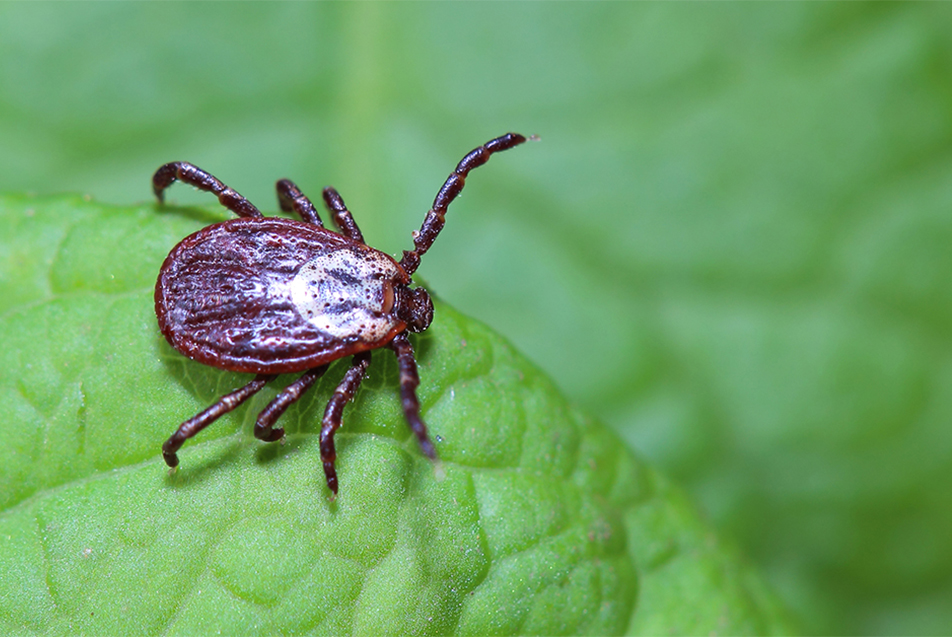
According to a recent report by the Centers for Disease Control and Prevention (CDC), the number of reported cases of disease from mosquito, tick and flea bites have more than tripled since 2004. Scott Stienecker, MD, FACP, FSHEA, FIDSA, CIC, medical director, Epidemiology and Infection Prevention, Parkview Health, explains how this impacts us locally, why these numbers are rising and what you can do at home to reduce your risk.
The condition currently causing concern for physicians in northeast Indiana is Lyme disease. We haven’t seen any cases in the region in 10-20 years, but now we’re observing a significant increase.
What is Lyme disease?
Lyme disease is a bacterial infection caused by the bite of a deer tick or a western black legged tick that is infected with Lyme disease.
How do ticks travel?
The increase in ticks correlates with deer migration. Deer infected with ticks have been migrating from Canada down through Michigan, over from northwest Ohio, from Wisconsin down into Illinois and now into Indiana. All three sides of our state are being penetrated, except from the south.
This deer season, hundreds of ticks were pulled off of deer, still alive. Once pulled, ticks will be examined for the presence of Lyme disease and Ehrlichia (another bacterium spread by ticks).
There are three ways ticks can spread:
- Deer
- Pets (dogs)
- Humans
Make sure to check your dog for ticks and have regular tick treatments to prevent spreading. You can see an interactive representation of the current canine Lyme disease rates in the United States here.
Tick prevention
When walking through high grass areas – “tick paradise” – make sure to practice the following steps for protection:
- Wear long sleeve shirts
- Tuck the bottom of your pants into your socks so ticks can’t crawl up your legs
- Do a tick check at the end of your walk (make sure to check areas of your body ticks are known for making home, such as armpits, groin and scalp)
- Purchase socks that have DEET in them (DEET is the most common active ingredient found in bug spray)
Signs of Lyme disease
Someone with Lyme disease might not notice any symptoms at first, so it’s important to watch for warning signs for a while after you experience a tick bite. If you notice any of the following symptoms, seek medical attention from a physician:
- Bullseye rash at the site of the bite
- Fatigue
- Flu-like symptoms (fever, chills or headache)
Not every tick bite will result in Lyme disease. The tick has to be there for 12 or more hours. Be vigilant and precautious when you and your family are outside this season.